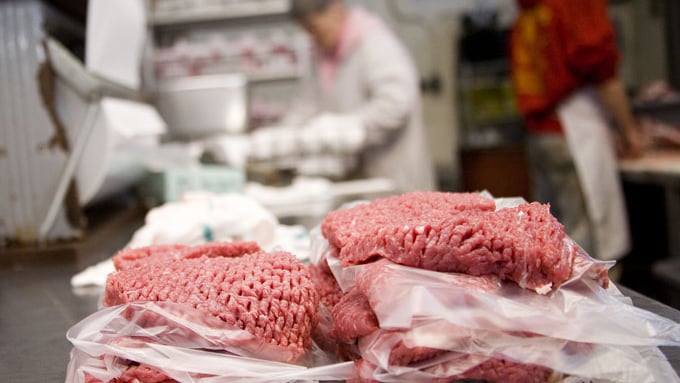Farmer’s Guide to Trucking Regulations available to Ohio Farm Bureau members
The guide includes a farm driver checklist, overview of state and federal regulations and exemptions, CDL qualifications and more.
Read More
One of the world’s largest meatpackers recently announced it had been hit by a cyber-attack. JBS announced Sunday some of the servers supporting its North American and Australian IT systems were targeted. The company took immediate action, suspending all of the affected systems, notifying authorities, and activating the company’s global network of IT professionals and third-party experts to resolve the situation, but said a resolution of the incident will take time, which may delay certain transactions with customers and suppliers.
“It is concerning whenever we see disruptions in our food supply chain,” said Scott Bennett, director of congressional relations with the American Farm Bureau Federation. “We hope JBS can get up and running as soon as possible. This event has certainly shined a light on how vulnerable even agriculture can be to cybersecurity threats.”
This is an all-to-familiar situation for livestock farmers, after food shortages amid the COVID-19 pandemic unveiled just how fragile the nation’s food supply system is. To address those shortfalls, Ohio Farm Bureau has put a focus on making the state’s food system more resilient for farmers and consumers.
“We have been looking at this issue for a long time bringing capacity issues and the need to grow our state’s small and medium size packers to the attention of lawmakers,” said Brandon Kern, Ohio Farm Bureau’s senior director of state and national policy. “Funding in this year’s budget shows that our message is getting through and we are very encouraged by these first steps to help grow local capacity for our livestock producers.”
The budget appropriates $10 million to the Department of Development for the creation of the Meat Processing Investment Program, which will make grants to meat processing plants for facility improvements and capacity expansion, including but not limited to equipment purchases or upgrades, training, and process improvements.
These funds may also be helpful in alleviating other issues Farm Bureau is working on, including line speeds in regional hog processing facilities and market price disparities currently being realized in the beef industry, but they will not solve them completely.
“We have to continue looking at the bigger picture of these issues. The meat packing industry is dominated by four major players and two of them are foreign owned and producers are concerned about that,” Kern said. “They are also concerned about price points and the current logistics in the supply chain. What is being done in Ohio will help, but these issues span much further than our state lines and we will continue to work on our members’ behalf to see that their concerns are addressed.”


The guide includes a farm driver checklist, overview of state and federal regulations and exemptions, CDL qualifications and more.
Read More
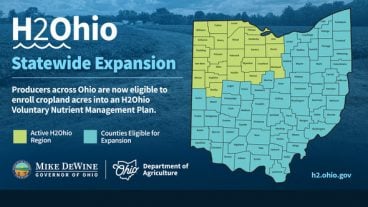

ODA will enroll 500,000 acres into the program for a two-week sign-up period, beginning April 22, 2024, through May 6, 2024. Contact local SWCD offices to apply.
Read More

Katie Share of Columbus has been named ExploreAg and Youth Development Specialist for Ohio Farm Bureau.
Read More

Mary Klopfenstein of Delphos has been named Young Ag Professional and Ag Literacy Program Specialist for Ohio Farm Bureau.
Read More
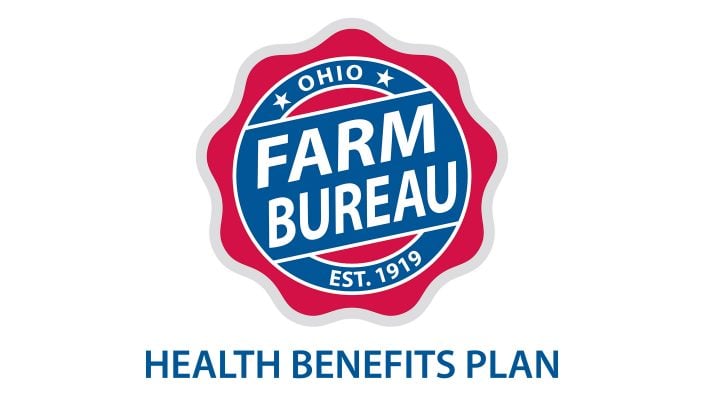
The plan has been updated to give sole proprietors access to more rate stability and a smart solution that offers potential savings on health care.
Read More

The American Farm Bureau Federation, in partnership with Farm Credit, is seeking entrepreneurs to apply online by June 15 for the 2025 Farm Bureau Ag Innovation Challenge.
Read More

Adele Flynn of Wellington has been elected treasurer of the Ohio Farm Bureau Federation and now holds the third highest elected office in Ohio’s largest and most influential farm organization.
Read More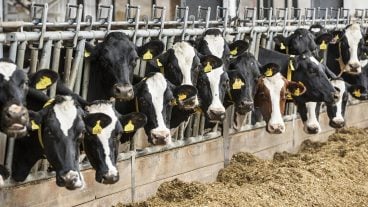
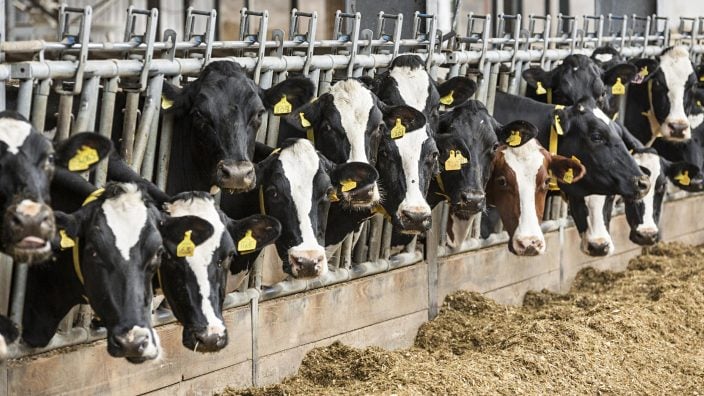
Producers are urged to work with their veterinarian to practice enhanced biosecurity measures and review and limit cattle movements within production systems.
Read More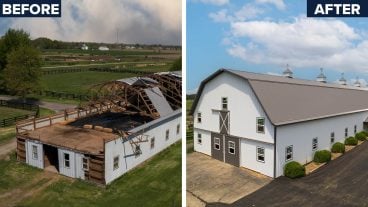
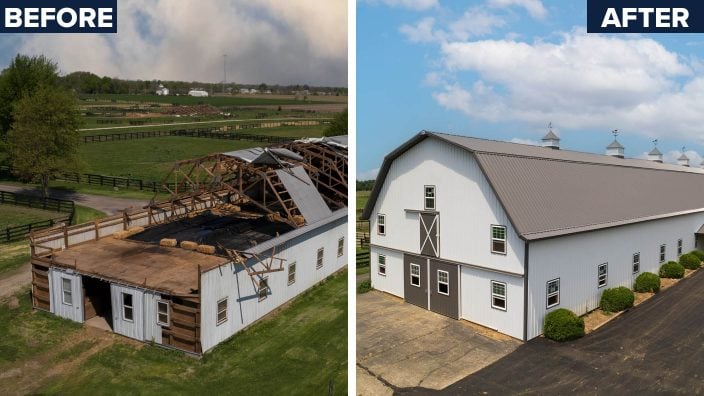
The changing seasons bring with them the need to thoroughly inspect pole barns for any damages that may have occurred during the winter months.
Read More

Hundreds of Ohio businesses and sole proprietors are raving about Ohio Farm Bureau’s Health Benefits plan with lower, predictable costs and easy enrollment and administration options.
Read More